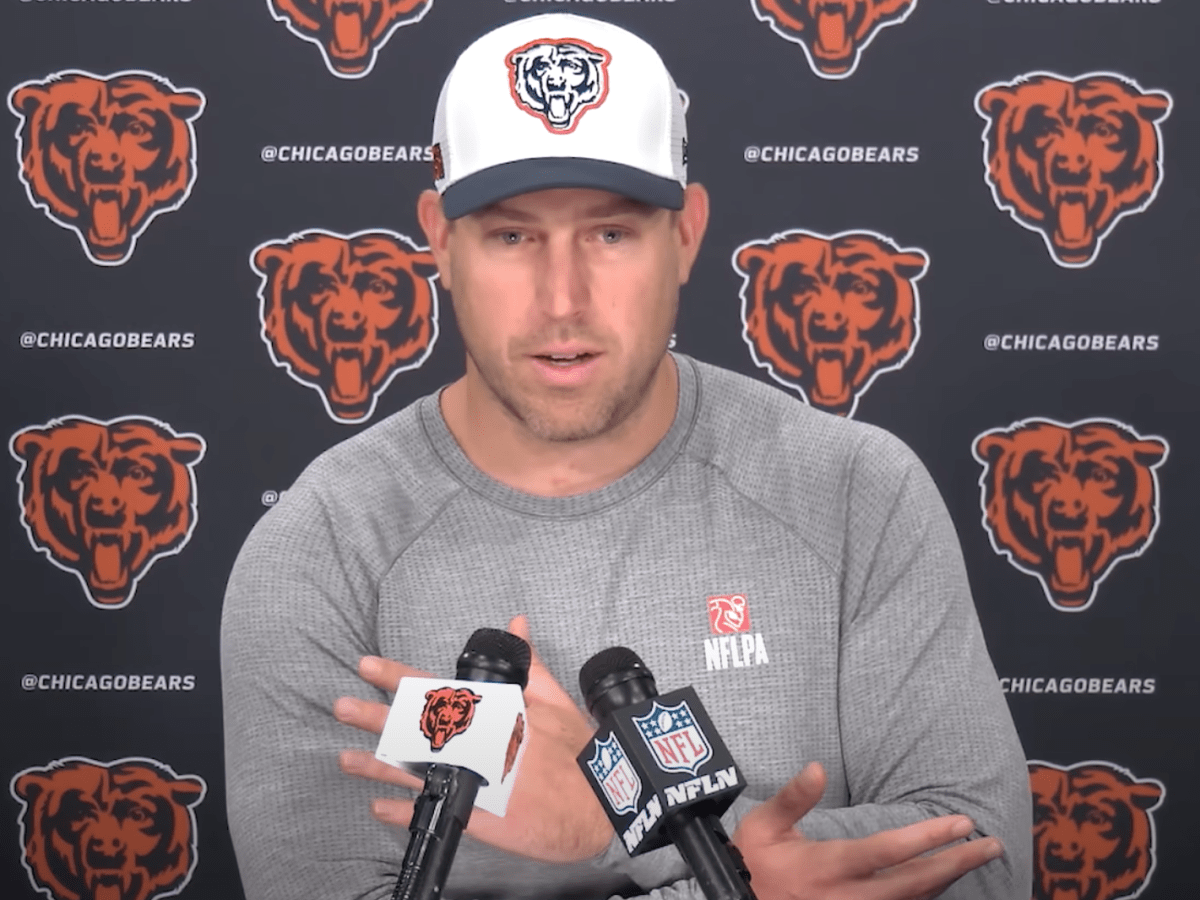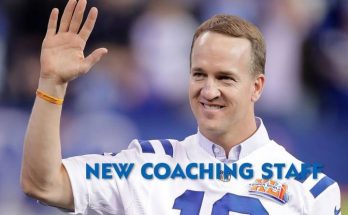The Chicago Bears have taken bold steps to usher in a new era with the selection of Caleb Williams as the No. 1 overall pick in the 2025 NFL Draft. Touted as a generational talent with the poise, arm strength, and improvisational creativity to transform the franchise, Williams arrives in the Windy City carrying immense expectations. However, his successful development hinges not just on his physical gifts or coaching, but also on the presence of seasoned veterans like Case Keenum, a 12-year NFL journeyman who now assumes a crucial role as mentor and stabilizing force.
While Keenum is not expected to take many, if any, snaps under center this season, his contribution to the growth of Caleb Williams could be one of the most underappreciated storylines of the Bears’ 2025 campaign. From sharing institutional knowledge to helping Williams process the nuances of NFL defenses, Keenum’s presence may very well be the X-factor in ensuring the Bears don’t repeat the mistakes of past quarterback transitions.
The Case for Case: Why He Was Brought In
When the Bears signed Case Keenum in free agency just weeks before drafting Caleb Williams, the move raised eyebrows. Keenum, 36, is well past his prime and wasn’t going to challenge for a starting job. But for general manager Ryan Poles and head coach Matt Eberflus, Keenum’s signing wasn’t about competition—it was about mentorship.
In an era where some veteran quarterbacks have been reluctant to groom their successors, Keenum has consistently shown a willingness to teach. He was instrumental in helping Baker Mayfield transition to a starting role in Cleveland and also offered stability as a backup for Josh Allen in Buffalo and C.J. Stroud in Houston. His resume includes 64 career starts, over 14,000 passing yards, and a playoff run with the Minnesota Vikings in 2017 that ended just shy of the Super Bowl.
He’s seen every kind of defense, every type of pass rush, and every sort of locker room dynamic. For a 22-year-old quarterback like Williams entering one of the most demanding sports markets in America, Keenum brings the type of steadying influence that can’t be measured by stats alone.
Caleb Williams: Talent Meets Pressure
Caleb Williams is no stranger to the spotlight. The 2022 Heisman Trophy winner out of USC dazzled fans with his escapability, rocket arm, and flair for the dramatic. Comparisons to Patrick Mahomes and Aaron Rodgers aren’t thrown around lightly, but Williams has earned them with his off-script magic and ability to make throws on the move. Still, NFL stardom requires more than talent.
The Bears haven’t had a true franchise quarterback since Sid Luckman in the 1940s, and that long shadow looms over every signal-caller that dons the navy and orange. Justin Fields flashed potential but was ultimately traded to Pittsburgh. Mitch Trubisky, Jay Cutler, Rex Grossman—the list of failed or unfulfilled QB hopes is long.
Williams enters this pressure cooker needing more than just time—he needs guidance. That’s where Case Keenum becomes an indispensable piece of the puzzle.
Keenum’s Role in the Quarterback Room
In the NFL, much of the real development happens off the field—in the quarterback room. This is where film is dissected, game plans are crafted, and learning happens through conversation as much as instruction. With offensive coordinator Shane Waldron (formerly of the Seahawks and Rams) installing a new system designed to highlight Williams’ strengths, Keenum’s experience in similar West Coast-based offenses is a perfect match.
Keenum can walk Williams through what defenses are trying to do on any given play. He can explain blitz protections, how to manipulate safeties with your eyes, and the importance of timing and rhythm on short throws. More importantly, he can teach Williams how to bounce back after throwing a pick-six or suffering a 10-sack outing against a ferocious NFC North defense.
Veteran mentorship is often the missing ingredient in a young quarterback’s development. For every Andrew Luck who hit the ground running, there are cautionary tales like Zach Wilson and Sam Darnold—quarterbacks thrust into chaos without a steady veteran hand to guide them. Keenum won’t be a passive observer. He’ll be the one in Williams’ ear on the sideline, the one pointing out that disguised coverage from the booth replay, and the one reminding him that sometimes the best play is the throwaway.
Day-to-Day Influence and Leadership Modeling
Keenum’s influence will extend far beyond X’s and O’s. As someone who has experienced the highs and lows of the league, his leadership example will teach Williams how to be a pro—how to prepare, how to communicate with coaches, how to hold teammates accountable, and how to handle adversity.
Young quarterbacks are scrutinized like few other athletes. Every decision, every press conference answer, every Instagram post is picked apart. Keenum, who has had to win over locker rooms in seven different cities, knows how to navigate these waters. For Williams, who comes into the league with both superstar potential and a high-profile personality, Keenum’s example of humility and work ethic could be grounding.
He’ll also serve as a buffer in the locker room. If players are frustrated with Williams’ growing pains, Keenum can be a mediator, explaining the bigger picture. He can advocate for patience while reinforcing expectations behind closed doors. That kind of presence can prevent division and help foster a supportive environment in a team that’s trying to climb out of decades of mediocrity.
On-Field Emergency Plan
While the hope in Chicago is that Caleb Williams starts every game and blossoms into a rookie phenom, the NFL is a brutal league. Should Williams suffer an injury or simply need a break to recalibrate, Keenum provides a reliable option to step in without derailing the season.
He’s done it before. In 2021, he started for Cleveland when Mayfield was injured and won a crucial game against Denver. He kept Buffalo’s offense afloat during mop-up duty. In Houston, he mentored C.J. Stroud while being prepared to play if needed.
If Williams ever needs to sit—whether for health, performance, or strategy—the Bears won’t have to rush him back. Keenum can manage a game, avoid catastrophic errors, and give the team a fighting chance. That safety net could be vital if Chicago finds itself in a playoff hunt by December.
Long-Term View: Teaching Williams How to Be the Teacher
Keenum won’t be in Chicago forever. But his greatest contribution might be teaching Williams how to one day be the veteran mentor himself. NFL quarterback rooms are constantly changing, and if Williams becomes the superstar the Bears envision, he’ll eventually be the one in Keenum’s shoes—guiding a young backup or first-round pick.
By watching Keenum’s example, Williams learns how to balance self-confidence with humility. He learns that leadership isn’t about barking commands but about earning trust. He learns that football IQ isn’t something you’re born with—it’s something you build through repetition, study, and conversations with those who’ve walked the path before you.



